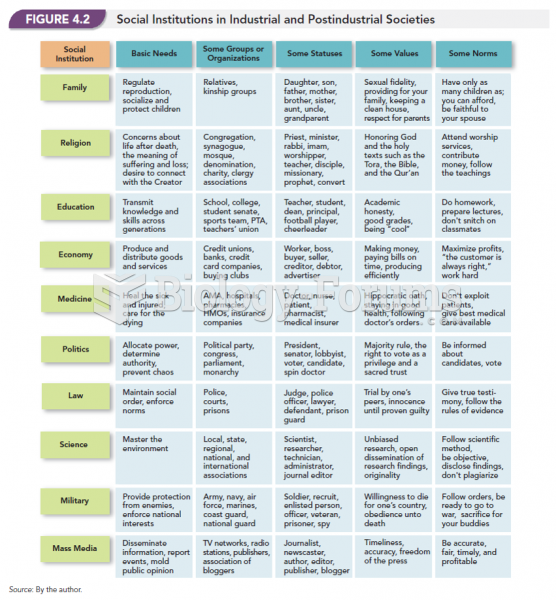Answer to Question 1
Social insurance programs are financed by taxes on employees, on employers, or on both. Social insurance programs include the following:
Old Age, Survivors, Disability, and Health Insurance (OASDHI): This social insurance program was created by the 1935 Social Security Act. Generally, OASDHI is referred to as Social Security by the public. It is the largest income insurance program and is designed to partially replace income that is lost when a worker retires or becomes disabled. Cash benefits are also paid to survivors of insured workers. Participation in this insurance program is compulsory for most employees. The program is financed by a payroll tax assessed equally to employer and employee. Eligibility for benefits is based on the number of years in which Social Security taxes have been paid.
Medicare: In 1965 Congress enacted Title XVIII (Medicare) to the Social Security Act. Medicare has two parts: hospital insurance and medical insurance. Hospital insurance helps pay for inpatient hospital care, inpatient care in a skilled nursing facility, home health care, and hospice care. Medical insurance helps pay for medically necessary doctors' services, outpatient hospital services, and a number of other medical services and supplies that are not covered by the hospital insurance part of Medicare. The hospital insurance part is financed by a surcharge on the Social Security taxes paid by employers and employees. The medical insurance part is a voluntary insurance plan for which enrollees are charged a monthly premium. More than two-thirds of the costs of the medical insurance premium is paid from general revenues of the federal government.
Unemployment Insurance: This program was also created by the 1935 Social Security Act and provides benefits to workers who have been laid off or, in certain cases, fired. Unemployment insurance is financed by a tax on employers. The amount and duration of weekly benefits vary from state to state. In many states, the unemployed are eligible for benefits for about a year.
Workers' Compensation Insurance: This program provides both income and assistance in meeting medical expenses for injuries sustained on a job. The program was enacted after a series of lawsuits by injured employees against employers-the only recourse employees had. The first workers' compensation program was the Federal Employees Compensation Act of 1908. Cash benefits are paid for total or temporary disability or death. Medical benefits cover hospital and doctors' fees. Rehabilitation benefits are also available for those needing after-care and retraining to again become employable. Workers' compensation is financed by a tax on employers.
Answer to Question 2
Poverty is dysfunctional-mainly to the poor themselves, but also to the affluent. However, the realization that poverty also has some functions in society can help us understand why some decision makers are not actively seeking to eradicate it. Eleven functions are provided by the poor to affluent groups:
They are available to do the unpleasant jobs no one else wants to do.
Their activities subsidize the more affluent (for example, domestic service for low pay).
They help create jobs (for example, jobs for social workers who provide services to the poor).
They purchase poor-quality goods that otherwise could not be sold.
They serve as examples of deviance to be frowned on by the majority, thereby supporting dominant norms.
They provide an opportunity for others to practice their Christian duty of helping the less fortunate.
They make mobility more likely for others because they are removed from the competition for good education and good jobs.
They contribute to cultural activities (for example, by providing cheap labor for the construction of monuments and works of art).
They create cultural forms (such as jazz and the blues) that are often adopted by the affluent.
They serve as symbolic opponents for some political groups and as constituents for others.
They often absorb the costs of change (for example, by being the victims of high levels of unemployment that result from technological advances).
Furthermore, denigrating the poor has the psychological function for some Americans of making them feel better about themselves. Partly because poverty is functional, our society makes only a halfhearted effort to eliminate-or even reduce-it. To do so would result in a redistribution of income from the rich to the poor, a policy generally seen as undemocratic (sometimes communistic), even by the not-so-affluent. Because the rich control the political power, proposals that would eliminate poverty (such as guaranteed annual income programs) have generally met with opposition.







